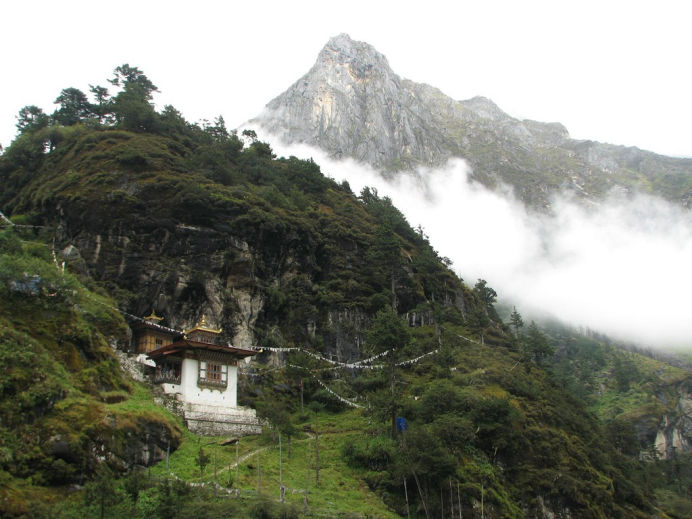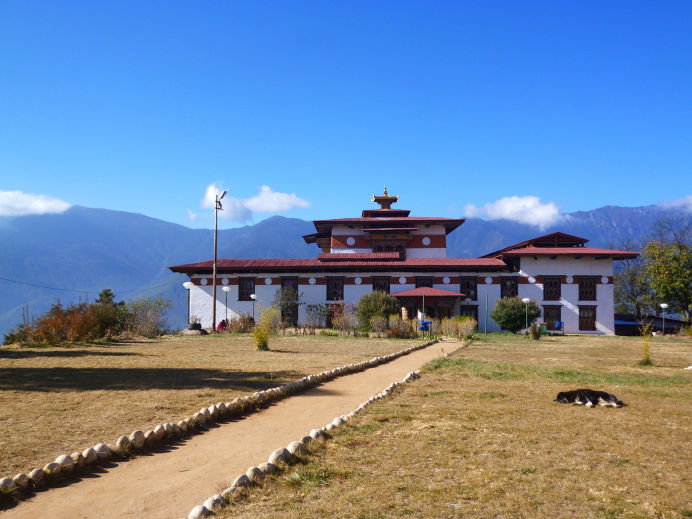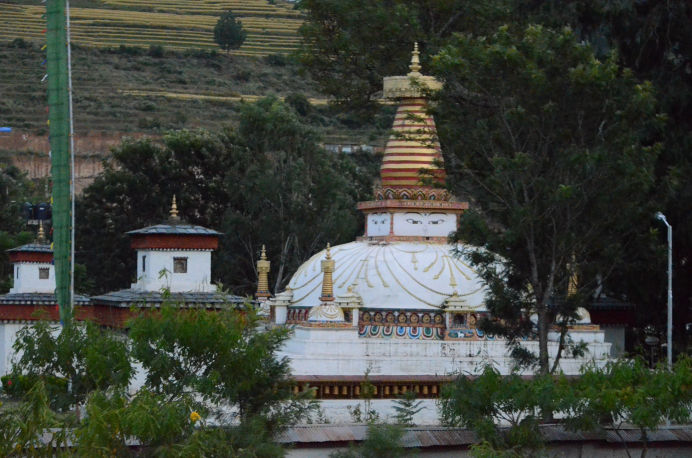The Bastion of the Zhongarps
Mongar, one of the six districts that make up eastern Bhutan borders Bumthang, Lhuentse, PemaGatshel and Trashigang. The district covers an area of 1,954 sq.kms with elevations ranging from 400m to 4,000m and has a population of about 38,000. The landscape is spectacular with stark cliffs an gorges and dense conifer forests. The region is known for weavers and textiles and fabrics considered one of the best in the country.
It was known in the past as the bastion of the Zhongarps for it produced some of the finest administrators in the country whose descendants still continues to lay an active part in the political scene of Bhutan.
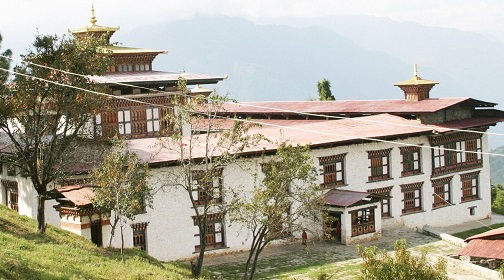
Mongar Dzong
Although built in the 1930s and one of Bhutan’s newest dzongs, it is constructed in the same way as all earlier dzongs, without plans or nails. However unlike the earlier Dzongs, that are located in strategic positions, Mongar Dzong is located on a small gentle slopy area just above the town. A visit to Mongar Dzong shows one how traditional Bhutanese architecture has continued to thrive through the centuries.
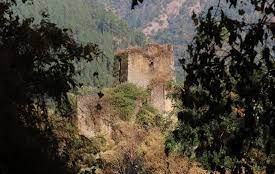
Zhongar Dzong
The ruin of Zhongar Dzong endures to this day as a testimony to the skill of its builders, most notably the renowned master craftsman, Zowo Balip. It is located on a hilltop overlooking the village of Themnangbi and is visible as one descends to Lingmenthang from the highway. Built in the 17th century, the Dzong is believed to have been built at a site where the master architect Zow Balip saw a white bowl. Embedded inside is a life frozen in time, a wealth of history that can be still recounted orally by those who also heard it from their grandparents. A visit to the ruins can be a memorable experience and will give you a sense of the medieval Bhutanese administration.

Dramitse Lhakhang
One of the most notable religious sites is the Dramitse Lhakhang built in the 16th century by Ani Cheten Zangmo, the daughter of the renowned tertonPema Lingpa. The Dramitse Ngacham or the “Dance of the Drums of Dramitse,” was born in this lhakhang in the 16th century. Today, it is a popular dance performed at all major festivals. It is also on the esteemed UNESCO World Heritage list.
